Dark Humor and False Floors: A Review of Runebound
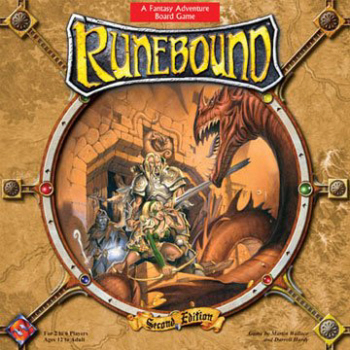 A couple of years ago I was really jonesing for some good old-fashioned tabletop fantasy role playing, but I was without a group and didn’t have the time to run a solo game for my wife. Then, like a beam from heaven, we received Runebound 2nd Edition for Christmas 2009. For the next few months, pretty much any time we had a couple hours of free time, my wife would ask, “Runebound?”
A couple of years ago I was really jonesing for some good old-fashioned tabletop fantasy role playing, but I was without a group and didn’t have the time to run a solo game for my wife. Then, like a beam from heaven, we received Runebound 2nd Edition for Christmas 2009. For the next few months, pretty much any time we had a couple hours of free time, my wife would ask, “Runebound?”
Oh, yeah.
Runebound is a board game of fantasy adventure. Each player takes on the role of one from a dozen (mostly unsavory) heroes, travels the map, faces challenges of ever-increasing difficulty, gains skill and treasure, and visits cities to heal, buy items and hire allies. The goal is to be the hero who defeats the great dragon Lord Margath before he can once again rise to power. (And if he can’t be found, snuffing three other dragons will do.)
The game board is a map that would catch Bilbo’s interest, with regional names (Howling Giant Hills, Moonglow Marsh) scattered liberally about that have zero effect on game play. Each hex has one of five terrain types. To move you roll five (when healthy) movement dice. A movement die is six-sided, with each face containing two or three terrain symbols. Spending a die with the appropriate terrain symbol showing allows you to move into a hex of that type. The odds of rolling each type vary, and on many turns a player is left weighing where she eventually wants to go against where she can get right now.
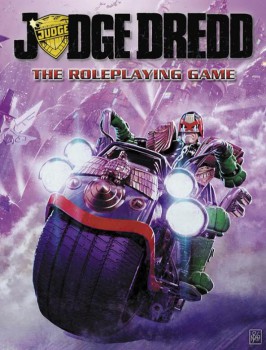
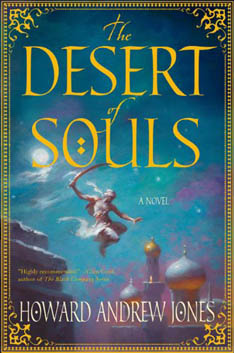 Desert of Souls, by Howard Andrew Jones.
Desert of Souls, by Howard Andrew Jones.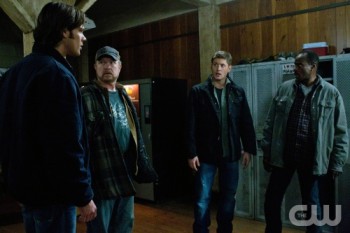
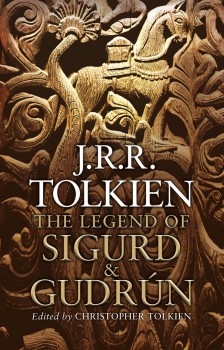 If you like the sound and rhythm of words — and if you’re a hopeless J.R.R. Tolkien junkie — you’ll like The Legend of Sigurd and Gudrun (2009, Houghton Mifflin Harcourt). Lacking either of these prerequisites, you probably won’t. And there’s not much more to say than that.
If you like the sound and rhythm of words — and if you’re a hopeless J.R.R. Tolkien junkie — you’ll like The Legend of Sigurd and Gudrun (2009, Houghton Mifflin Harcourt). Lacking either of these prerequisites, you probably won’t. And there’s not much more to say than that.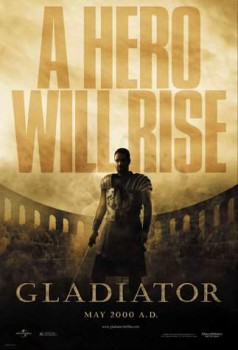 As of Sunday evening, The King’s Speech is the newest Academy Award winner for Best Picture. I am sure a virulent backlash against the English period drama is already underway, but let the record show that I thoroughly enjoyed that movie. It is not my personal pick for the best film of 2010. I would have liked Black Swan, Inception, or True Grit to win, but such was not to be, and The King’s Speech as a winner doesn’t anger me.
As of Sunday evening, The King’s Speech is the newest Academy Award winner for Best Picture. I am sure a virulent backlash against the English period drama is already underway, but let the record show that I thoroughly enjoyed that movie. It is not my personal pick for the best film of 2010. I would have liked Black Swan, Inception, or True Grit to win, but such was not to be, and The King’s Speech as a winner doesn’t anger me.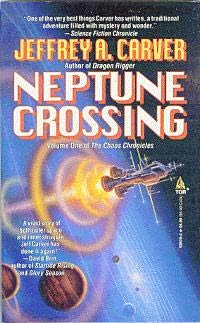 Neptune Crossing (The Chaos Chronicles, Volume 1), by Jeffrey A. Carver
Neptune Crossing (The Chaos Chronicles, Volume 1), by Jeffrey A. Carver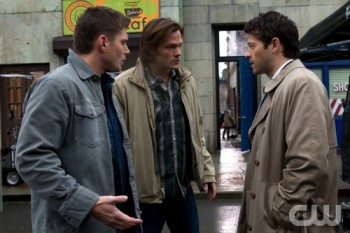 The episode starts with the Angel turned scam artist Balthazar showing up, hastily explaining that the Angel Raphael is winning the civil war in Heaven and has put a hit out on the Angel Castiel and everyone else who opposed him, including Balthazar, Sam, and Dean. In order to protect his stash of stolen weapons from Heaven, Balthazar gives Sam and Dean a key and casts a spell. They are thrown through a window … only to land on a stunt pad.
The episode starts with the Angel turned scam artist Balthazar showing up, hastily explaining that the Angel Raphael is winning the civil war in Heaven and has put a hit out on the Angel Castiel and everyone else who opposed him, including Balthazar, Sam, and Dean. In order to protect his stash of stolen weapons from Heaven, Balthazar gives Sam and Dean a key and casts a spell. They are thrown through a window … only to land on a stunt pad.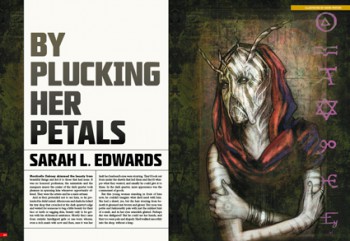
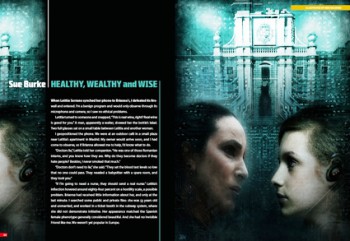
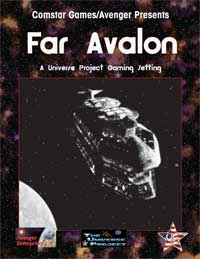 In honor of the coming conclusion of
In honor of the coming conclusion of